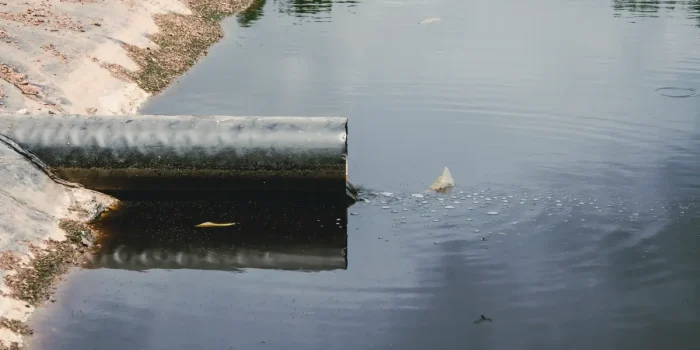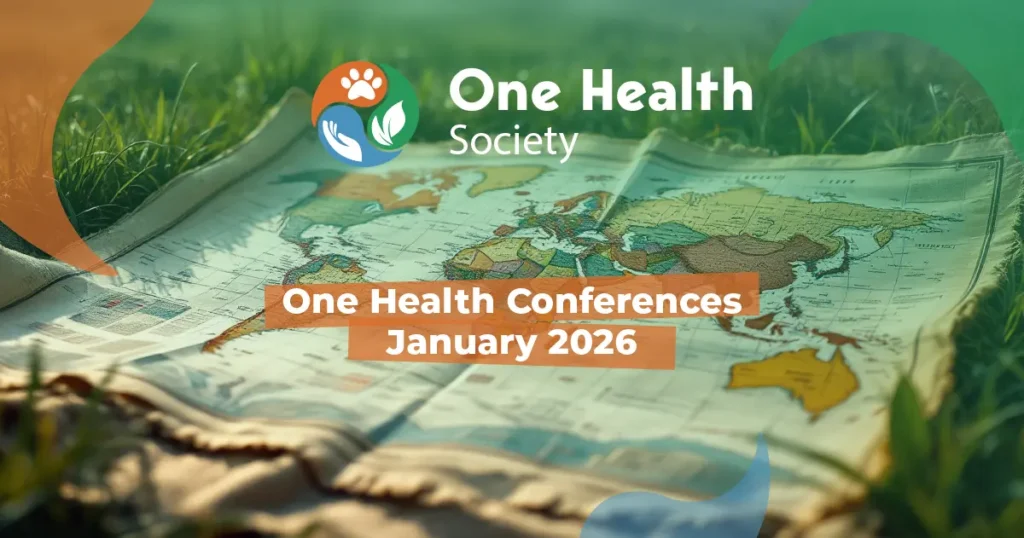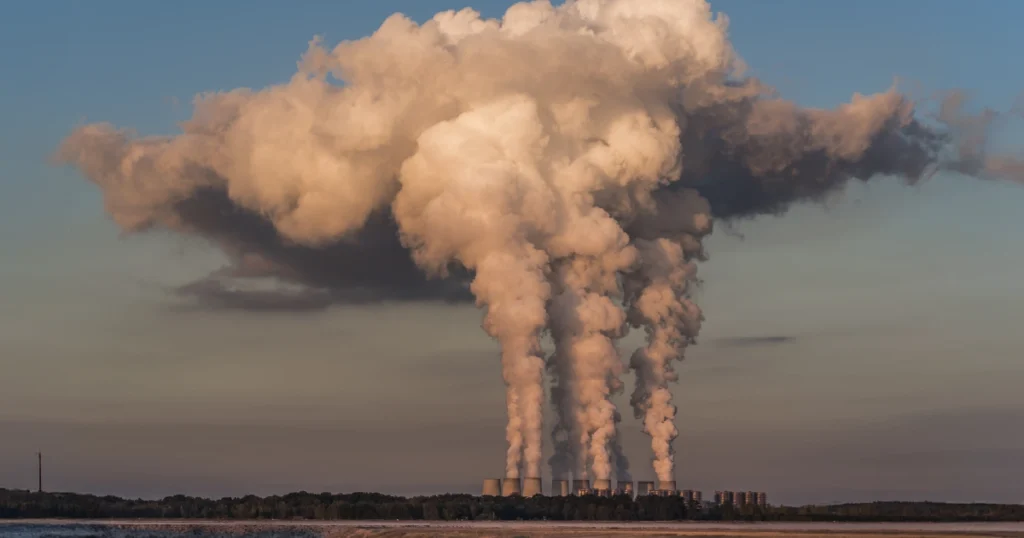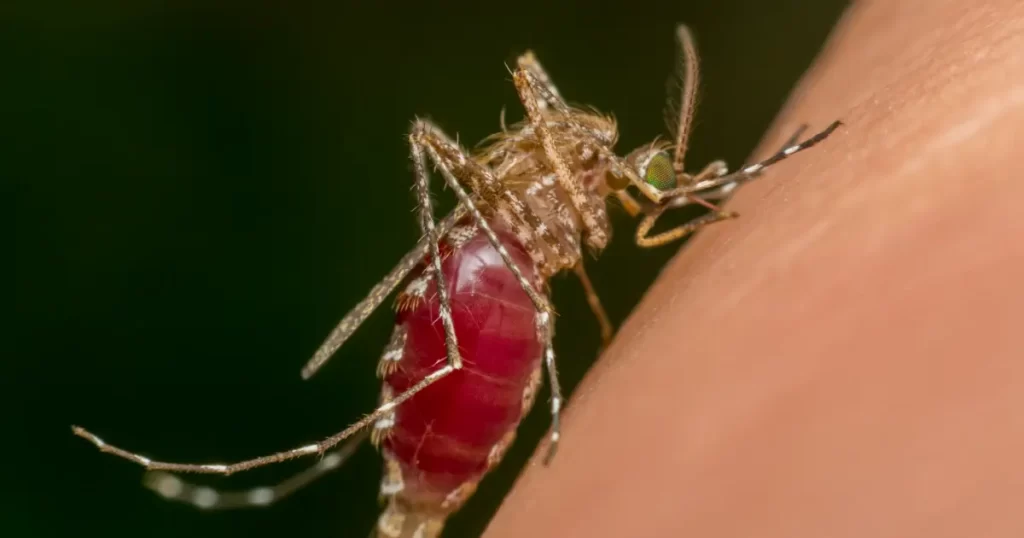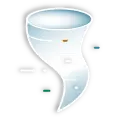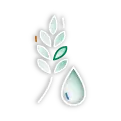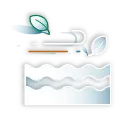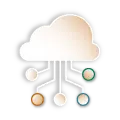Introduction
A child fills a cup from a river flowing past upstream factories. A fisherman notices oily sheens and dead minnows along his nets. In communities everywhere, water can heal—or harm.
Understanding waterborne toxicity risks shows how pollutants, industrial waste, and agricultural runoff compromise ecosystems and public health worldwide. From heavy metals to PFAS and pathogens, the hazards begin at the source—and ripple through food chains, economies, and families.
How can communities and policymakers prevent toxic exposure before it starts?
What Makes Water Toxic?
Water becomes hazardous when harmful substances enter lakes, rivers, or groundwater. Contaminants range from industrial chemicals and pesticides to naturally occurring toxins and pharmaceutical residues.
- Heavy metals (like arsenic and lead) bioaccumulate in fish and humans, causing neurological and developmental harm [1].
- Persistent organic pollutants (e.g., pesticides, PFAS) resist breakdown and disrupt hormones [2].
- Microbial pathogens—bacteria, viruses, parasites—are responsible for diseases like cholera and diarrhea, which affect millions annually [1].
The result: poisoned water, tainted food, rising medical costs, and growing health inequities.
One Health Approach to Safer Water
A One Health lens recognizes that healthy water supports humans, animals, and environments simultaneously.
- Pathogen control: Treating water and properly disposing of waste protects both community health and wildlife [2].
- Chemical surveillance: Monitoring runoff and discharge ensures early detection and prevention [2].
- Ecosystem restoration: Wetlands and riparian zones filter toxins and support biodiversity [2].
Contaminated water can also serve as a medium for zoonotic disease transmission—carrying pathogens from animal waste, slaughter runoff, or wildlife exposure into human populations [3].
When water issues are seen across sectors, solutions become more effective and sustainable.
Climate Change and Waterborne Toxicity Risks
Climate change amplifies waterborne toxicity risks. Rising temperatures and erratic rainfall increase the spread and potency of contaminants.
Floods can wash pesticides and heavy metals into supplies. Droughts reduce water flow and limit natural filtration. Warmer waters speed algal blooms—some toxic to humans and wildlife [2].
These challenges demand resilient, adaptive water systems that anticipate and withstand climate extremes.
Emerging Threats and Innovations
Modern science is uncovering new threats—and new tools:
- Pharmaceutical pollution from antibiotics and hormones disrupts aquatic life [4].
- Microplastics can carry toxins and pathogens like tiny trojan horses [4].
- Advanced treatment technologies—like membrane bioreactors and AOPs—break down tough contaminants [4].
- Citizen science and community labs help detect risks early, even in rural areas [5].
Another growing concern is the rise of antibiotic-resistant bacteria in aquatic environments. These superbugs emerge when pharmaceutical waste or agricultural runoff exposes bacteria to low doses of antibiotics, enabling them to evolve resistance. Once present in water systems, they can spread through fish, drinking water, and even recreational contact, complicating future medical treatment [5].
In response, researchers are developing biologically inspired filtration methods, such as biochar and constructed wetlands, which use natural materials and plants to absorb or break down toxins. Artificial intelligence is also being used to model contamination spread and identify at-risk areas faster, helping authorities act before health crises escalate [5].
What You Can Do Locally
Everyone plays a role in reducing waterborne toxicity risks:
- Test your water—especially private wells—for heavy metals and PFAS.
- Use eco-friendly cleaners and avoid chemical overuse.
- Support local watershed and wetland conservation efforts.
- Safely dispose of pharmaceuticals and paints.
- Join cleanups, reforestation projects, or green infrastructure campaigns.
- Participate in community water monitoring and advocacy.
Beyond individual habits, local leadership can spark broader change. Encouraging schools to implement watershed education programs builds environmental stewardship from a young age. Supporting local businesses that follow environmentally friendly practices—like reduced packaging and safe waste disposal—contributes to cleaner runoff.
You can also urge municipalities to upgrade outdated infrastructure, such as aging pipes or sewage treatment facilities, which are often sources of unnoticed contamination. Participate in public hearings or town meetings where water quality regulations and environmental planning are discussed.
With enough voices, small local actions can influence state or even national policy—ensuring that clean water is protected not just today, but for generations to come.
Conclusion
Waterborne toxicity risks begin upstream—but their impact is felt far and wide. From chronic illness to environmental collapse, the danger is real.
But so is the power of prevention. By using One Health strategies, innovative tools, and everyday action, we can protect water where it matters most—at its source.
References
- Frontiers in Environmental Science. (2022) The impact of water pollution on human health and disease. Available at: https://www.frontiersin.org/journals/environmental-science/articles/10.3389/fenvs.2022.880246/full
- MDPI Water. (2024) Contaminants in the water environment: significance from the One Health perspective. Available at: https://www.mdpi.com/2073-4441/17/9/1257
- SpringerLink. (2022) One Water – One Health: role of water in zoonotic threats. Available at: https://link.springer.com/collections/ebhcdhhiag
- Frontiers in Water. (2025) Emerging water contaminants in developing countries. Available at: https://www.frontiersin.org/journals/water/articles/10.3389/
frwa.2025.1584752/full - GJournaIs. (2025) Integrated One Health strategies for sustainable potable water systems. Available at: https://www.gjournals.org/2025/03/12/020425018-onwudiegwu-and-izah/

